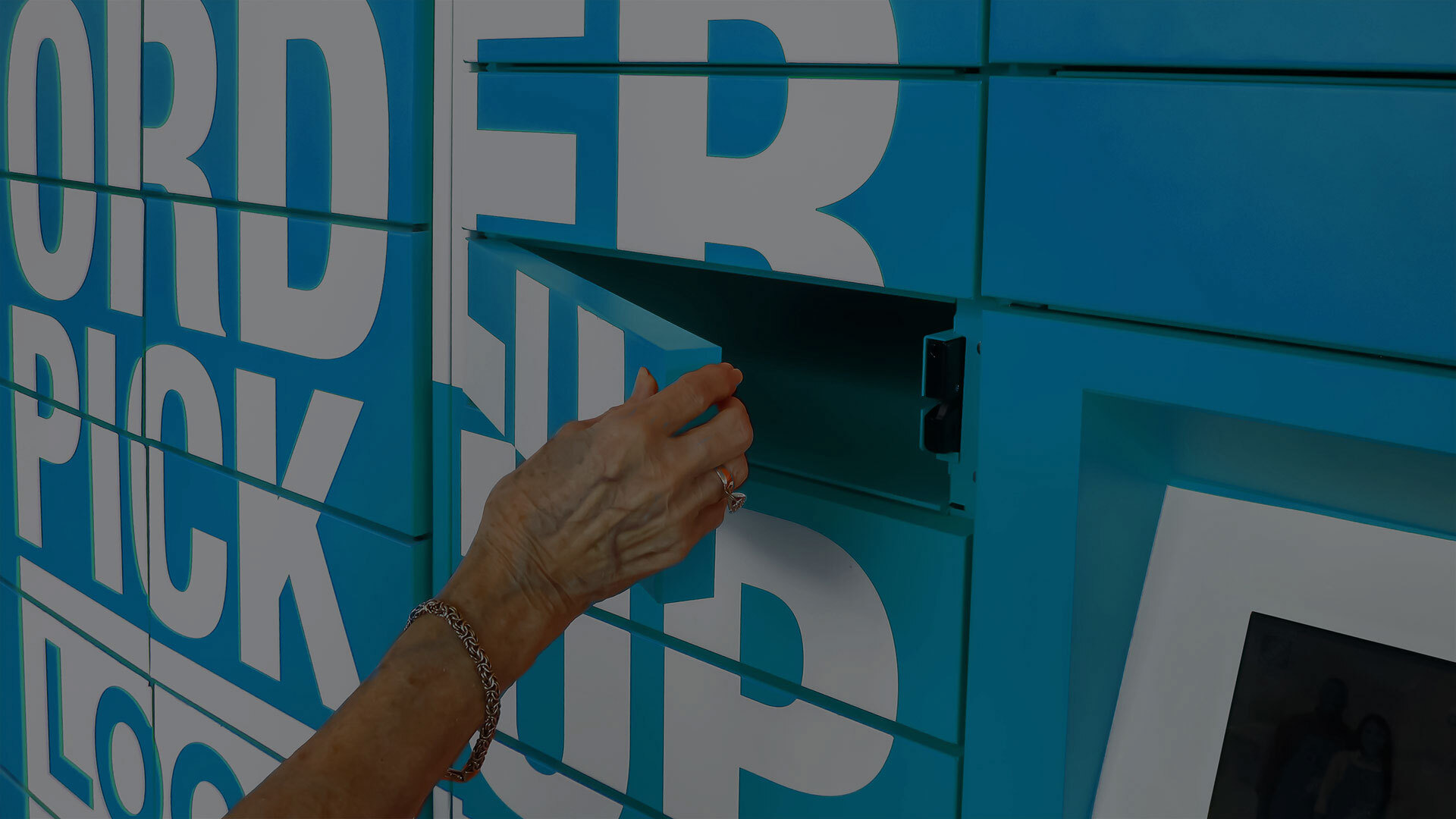Revenue Cycle Management for healthcare organizations has never been more important. Put simply, this process involves optimizing revenue integrity by reviewing every administrative and clinical function contributing to the collection of revenue and applying best practices to ensure maximum reimbursement for healthcare services in a timely manner.
The healthcare revenue cycle is complicated and intricate, with many factors that impact who pays, how much they pay, and how they pay. Patients may have no health insurance and are billed directly. Others have Medicaid or Medicare. Many are covered through a private insurance plan, often offered through their employer, which could involve any of the numerous US insurance companies - and in some cases multiple companies in collaboration. Mix that with the wide range of visit types and procedures, as well as coverage terms like deductibles, copays, and coinsurance, and you’ve got an environment ripe for errors and missed opportunities.
Clearly, in today’s complex and fluid healthcare industry revenue cycle management is about much more than just billing and collecting payments. Fortunately, with the help of digital solutions and third-party administrators who specialize in healthcare billing, healthcare providers are able to manage the complexity of these billing cycles, maintain reliable cash flow and deliver high-quality care to their patients.
The Goal of Revenue Integrity
According to the National Association of Healthcare Revenue Integrity (NAHRI), the goal of Revenue Integrity is “to prevent recurrence of issues that can cause revenue leakage and/or compliance risks through effective, efficient, replicable processes and internal controls across the continuum of patient care, supported by the appropriate documentation and the application of sound financial practices that are able to withstand audits at any point in time.” In other words, identify missed income for healthcare providers, determine the cause, and find ways to mitigate the issue in order to prevent it from happening with future payments.
Today, technology plays a crucial role in assisting providers, payers, and consumers in communicating efficiently, which breaks silos and improves durable revenue cycle management strategies. There are several critical areas that healthcare managers could focus on to ensure their medical facility optimizes its revenue cycle.
Reducing Claims Denials
As per the Healthcare Financial Management Association, claim denials cost an average of $5 million per year to each healthcare provider. Just reducing this amount could save a lot!
More than 20% of healthcare claims are routinely denied, with some providers experiencing up to a 40% denial rate. However, 90% of these denied claims could have been prevented.
Organizations can recover this loss by utilizing analytics that can provide a deeper view and help dig into patterns to understand the reasons behind denials. Such insights can help health systems implement prevention plans and procedures for recovering the denials.
A significant portion of revenue leakage comes from inaccuracies and errors that lead to denied claims. Unfortunately, the process of correcting and resubmitting these claims can also be costly and time-consuming. That’s why it’s critical for healthcare providers to take steps to prevent their claims from being denied. One proven strategy to reduce denied claims is partnering with a claims processing company like Exela. Our Global PCH solution substantially reduces the number of denials by correcting errors before the claims are even submitted, allowing healthcare companies to confidently submit “clean claims,” which are more likely to be accepted by insurance companies on the first pass.
By leveraging automation technology, streamlining communication between providers and payers, and reducing the number of resubmissions, PCH is able to significantly accelerate the revenue cycle time.
To learn more about Exela’s PCH solution, and for an in-depth look at Revenue Integrity, download this recent edition of Exela’s quarterly publication PluggedIN.
Fix Medical Coding Errors
Clinical documentation has a tangible impact on the revenue cycle. Unfortunately, there are cases where bills are unpaid due to documentation errors or medical coding. Managing these discharged-not-final-billed (DNFB) cases is essential for hospitals to improve revenue cycle performance.
Medical coding is a complex process requiring proper coding and proper documentation. Medical coders require compliance with government regulations and private payer policies as well as education in medical terminology, diseases, anatomy, and physiology. Documentation comes from the physician who needs to accurately detail the treatment and care provided so medical coders know which codes and modifiers to use. Any error could cost the provider.
Due to its complex nature, healthcare providers may choose to outsource their medical coding needs. LexiCode, our medical coding services, aids providers of all sizes, scaling to each organization’s needs with quality assurance and productivity monitoring. Partnering with LexiCode, providers experience timely medical coding resulting in steady cash flow.
Hone in on Revenue Integrity
A revenue integrity (RI) plan is an essential component of optimizing the revenue cycle. This includes accessing current workflows for inefficiencies, implementing improvements, and upgrading technology where it can help. Unfortunately, not all providers have the time and resources to create a proper RI plan.
Exela enables healthcare providers to attain revenue integrity through integrated solutions and proprietary technology that address the entire revenue and reimbursement lifecycle. Our Revenue Integrity solution helps identify and recover underpayments, maximize reimbursement from third-party payers, and provides a streamlined RI process.
Leveraging decades of experience with Exela and our cutting-edge technologies, we maximize reimbursements and dollars recovered, and reduce or eliminate related overhead, all while enhancing employee, provider, payer and patient satisfaction. To know more in detail, take a look at our PluggedIN focusing on Revenue Integrity.







